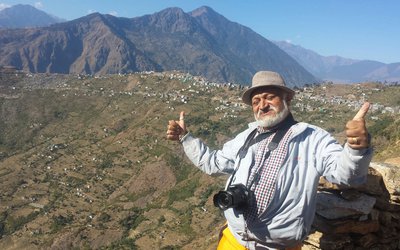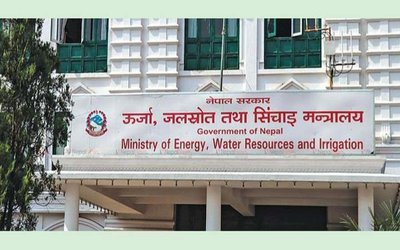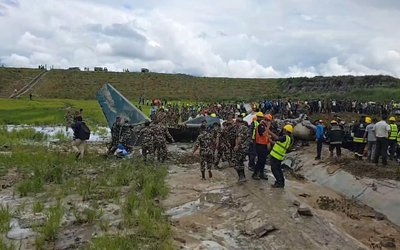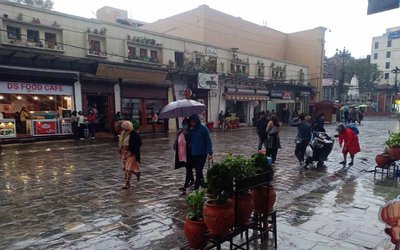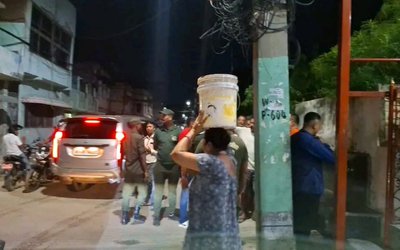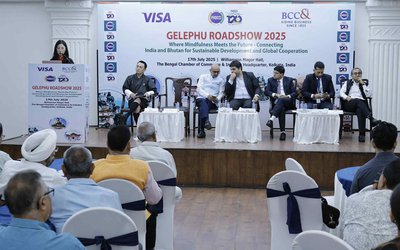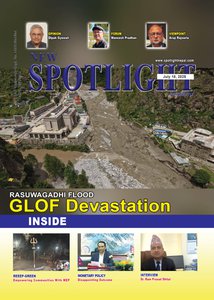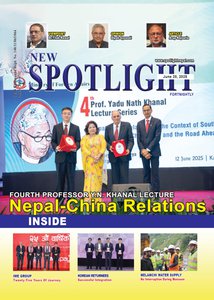Disaster Risk Reduction (DRR) and Sustainable Development are foundational concepts for creating resilient communities, particularly in vulnerable regions like Nepal. According to the United Nations Office for Disaster Risk Reduction (UNDRR), Disaster Risk Reduction (DRR) is aimed at preventing new and reducing existing disaster risk and managing residual risk, all of which contribute to strengthening resilience and therefore to the achievement of sustainable development. This overarching goal aligns with the broader definition of sustainable development: development that meets the needs of the present without compromising the ability of future generations to meet their own needs.
Within this framework, Risk Sensitive Land Use Planning (RSLUP) emerges as a critical platform for achieving Risk-Informed Development (RID). A Risk-Informed Development process utilizes risk-based decision frameworks to guide assessments of complex threats, risks, opportunities, and uncertainties in development decisions. RSLUP, therefore, serves as a practical application of RID, directly influencing how land is utilized to minimize exposure to hazards and build resilience.
Forging Sustainable Cities: The Role of Risk-Sensitive Land Use Plans
Various institutions, both governmental and non-governmental, are actively working on creating sustainable cities in Nepal through the implementation of Risk-Sensitive Land Use Plans. These initiatives demonstrate a commitment to proactive disaster management and planned urban growth.
One notable example is the Report of Risk Sensitive Land Use Plan (RSLUP) for Godawari Municipality, developed by DAI Global LLC for USAID/Nepal's TAYAR Nepal Program in April 2022. This report details a comprehensive methodology for analyzing major natural hazards and creating a risk-sensitive land use plan to reduce existing, future, and residual disaster risks through sustainable land utilization. The project's five phases included a thorough literature review, municipal engagement, identification of major hazards (such as windstorms, flooding, landslides, heatwaves/coldwaves, earthquakes, and fire), field data collection, and a multi-hazard risk assessment (MHRA). This assessment involved modeling hazard intensities and frequencies, evaluating elements-at-risk (buildings, population, agriculture, roads), and conducting multi-sectoral vulnerability assessments. The report highlights that Godawari Municipality, experiencing significant urban growth, has categorized its land into high-risk (red), moderate-risk (yellow), and low-risk (green) zones, proposing development plans and controls based on these risk levels to ensure integrated, safer settlements and discourage haphazard expansion.
Further illustrating these efforts, the "Tomorrow's Cities" project in the Rapti Valley of Nepal, focuses on creating sustainable and resilient urban development plans. This initiative emphasizes an inclusive and participatory decision support environment, involving scientists, urban planners, policymakers, and local communities, including marginalized groups. The project aims to reduce future natural hazard and climate change risks in urban planning. It involves communities in prioritizing their needs, which are then translated into digital maps and detailed development plans by technical experts. These plans undergo rigorous risk calculations for hazards like earthquakes, floods, and landslides, with assessments of potential human, physical, social, and economic damage. The information is used to refine plans and policies, influencing the state government's master plan to include measures like building codes, equitable community housing, and efficient public services for post-disaster response. The ultimate goal is to institutionalize this risk-based urban development approach across Nepal.
The Interplay of RSLUP and Farmland Abandonment: A Looming Food Security Challenge
While RSLUP primarily focuses on disaster risk reduction and planned urban development, its implications extend to the critical issue of farmland abandonment, which is increasingly prevalent in Nepal and presents a significant "disaster" for food self-sufficiency.
Farmland abandonment in Nepal is driven by several interconnected factors:
Mass Migration: A significant cause is the out-migration of youth from rural areas to urban centers and abroad, leading to severe labor shortages in agriculture.
Economic Disincentives: Low agricultural profitability, high production costs, inadequate infrastructure, and limited access to markets make farming less attractive.
Environmental Pressures: The rugged terrain, low productivity, challenges in cultivation, and the frequent occurrence of natural hazards like landslides and floods contribute to land being left fallow. Crop damage by wild animals and insufficient irrigation further compound these issues.
Policy and Land Management Gaps: Complex land ownership systems, land fragmentation, and weak implementation of land use policies also play a role.
Urbanization: Rapid urban expansion often results in the conversion of fertile agricultural land into built-up areas.
This abandonment of arable land directly impacts Nepal's food self-sufficiency, leading to increased reliance on food imports. As you rightly point out, in conditions of global food supply shortages or export restrictions from foreign countries, this vulnerability could escalate into a significant crisis.
The relationship between RSLUP and farmland abandonment is nuanced:
Mitigating Hazard-Induced Abandonment: RSLUPs can identify agricultural areas highly prone to natural disasters. By mapping these high-risk zones, RSLUP can guide proactive measures. This might involve implementing specific mitigation strategies to protect agricultural land from hazards or, in extreme cases, facilitate a planned transition of such land to less vulnerable uses, thus preventing spontaneous and economically damaging abandonment due to recurrent disasters.
Guiding Urban Expansion and Preserving Agricultural Land: As urbanization is a major driver of farmland conversion, a robust RSLUP that strategically designates urban growth areas can safeguard prime agricultural land. By directing urban development away from fertile agricultural zones, RSLUP can help prevent haphazard land conversion and the subsequent abandonment of farms.
Enhancing Policy Cohesion for Sustainable Land Management: The root causes of farmland abandonment often lie in fragmented land use policies. RSLUP, as a comprehensive planning tool, offers an opportunity to integrate policies that address these drivers. This could include policies that offer incentives for agricultural production in designated safe zones, address rural labor shortages, or improve market access for farmers.
Contributing to Overall Food Security: Ultimately, both RSLUP and addressing farmland abandonment are crucial for national food security. While RSLUP makes land use more efficient and resilient to disasters, thereby reducing agricultural losses, the effective management of farmland abandonment ensures sustained domestic food production. By strategically planning land use to minimize risks and ensure agricultural viability, RSLUP can indirectly foster food self-sufficiency and reduce import dependency.
In conclusion, a holistic approach that integrates the principles of Risk-Sensitive Land Use Planning with strategies to address farmland abandonment is essential for Nepal. By proactively managing disaster risks in both urban and rural landscapes and ensuring the sustainable utilization of agricultural resources, Nepal can build a more resilient future that prioritizes both human safety and food security.
Poudel is a PhD Candidate, Department of Development Planning Management and Innovation (DPMI), School of Environment and Resources Development (SERD)
Asian Institute of Technology (AIT) Pathum Thani, Thailand
Email:prtkpoudel@gmail.com

Pratik Poudel
Poudel is a Research Associate, Nepal Water Conservation Foundation for Academic Research, Chundevi, Kathmandu
- Why More And More Youths Are Leaving Agriculture? Rational Economic Sense Or Something Else?
- Jul 01, 2024
- Why Upstream And Downstream Linkage In The River System Can’t Be Ignored?
- Feb 19, 2021
- Is The Lingering Of the Budhigandaki Hydropower Project The Sign Of Indo -Chinese Confrontation?
- Dec 18, 2020
- How Can The Problems Of Koshi Region Be Addressed Through A Nexus Perspective?
- Nov 21, 2020
- Addressing Water Security In The South Asian Region Through Nexus Governance
- Sep 08, 2020
